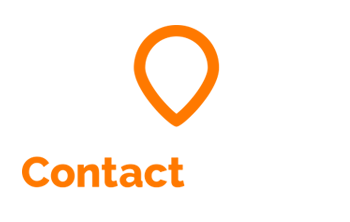What you should know…
With the COVID-19 crisis, contact tracing is key to help control the spread of the disease. Here we take a closer look at the available methods and what we’ve learned.
Manual Contact Tracing
Manual contact tracing is a daunting task. It takes about an hour for a disease detective to gather the necessary information from a positvely tested patient. If each patient lists four contacts, that would mean five hours of tracing time per case. The U.S. has been adding approximately 20,000 new cases a day. Yes, the challenge is daunting.
Without a functioning and accurate hi-tech solution, manual contact tracing has been the default method of choice. It is widely used but it relies mostly on the ability of patients to recall their whereabouts and interactions over the previous 14 days. Certainly it is challenging to accurately recall this information…but likely impossible to recall anything of the random strangers with who they’ve crossed paths.
For more reading on manual contact tracing:

- Hiring, training and managing of thousands of disease detectives to conduct interviews
- Expensive and very time consuming
- Dependent upon patient memories
- Only partially accurate
Contact Tracing Using Mobile Apps
There has been much discussion about mobile apps. This relatively new technology is igniting a debate over trade-offs between privacy and public health while lives are immediately at stake. In some countries, mobile apps are keeping track of who has the virus and warning people when they encounter someone who is infected. Today, the mobile apps from Apple/Google and all others are not really contact tracing apps. These systems will notify smartphone users if they’ve potentially come into contact with an infected person, but it won’t share any data with health officials or reveal where those meetings took place.
In order for the data to be useful, mobile apps require at least 60% the population to download the app. They’ll also need to opt-in to sharing private data, and commit to keeping their Bluetooth connection enabled at all times. This might be asking a bit much for many people more concerned about protecting their privacy and preserving the battery life of their phone. It shouldn’t be surprising that with all of the app deployments around the world, no one has achieved anything close to a 60% level of participation.
- Unproven technology
- Requires download
- Privacy concerns
- Requires that Bluetooth be enabled so that devices can interact
- Requires at least 60% user participation to be considered useful
- Requires time and significant cost to develop
- Massive marketing campaign would be needed to encourage participation
Contact Tracing Using App-less Technology
We use an “app-less” digital technology (very similar to internet cookies) to determine which mobile phones crossed paths with the patient over the previous 14 days. There is no need to rely on patient memories. Our technology determines where your device has been over the previous 14 days and then also determines who else was at those same locations at the same time.
There is no app to download and no expansive marketing campaign to promote the app. Personal data is never collected, stored or retained. And all exposure notifications are completely anonymous and similar to a PSA. The technology is being used today. In fact we’ve been doing this for years.

- In use today.
- No mobile app or download required
- Privacy First Policy – 100% HIPAA Compliant and meets all privacy guidelines. No personal data collected, used, or retained
- No need to rely on patient memories
- Can be used as supplement to manual contact tracing and also as a stand-alone product
- Notifications similar to a PSA are anonymously sent to mobile phones and PC’s
- No up-front investment
- No internal resources needed and zero ramp time
- Can be implemented in your health department within 24 hours
COMPARISON CHART
| Feature | Manual Contact Tracing | Mobile App Download | Contact Tracing Plus |
|---|---|---|---|
| In Use Today |  |  |  |
| Proven Results |  |  |  |
| No Awareness or User Acceptance Campaign Required |  |  |  |
| No Internal Resources Required |  |  |  |
| No Hiring/Training Required |  |  |  |
| No Privacy Leaks |  |  |  |
| App-less Technology (no download required) |  |  |  |
| Results and Action Within Minutes |  |  |  |
| No Time-Consuming Investigations |  |  |  |
| No Names or Phones Numbers of Patients Required |  |  |  |
| No Personal Health Data Collected |  |  |  |
| All Data Anonymized |  |  |  |
| Anonymous Exposure Notifications |  |  |  |
| Easy to Start Again In Case of Second Wave |  |  |  |
| Easily Scalable |  |  |  |
| Does Not Rely on Patient Memories |  |  |  |

More Efficient Contact Tracing!
Locate and notify just about everyone who had contact with the infected patient... even those they can't remember!

